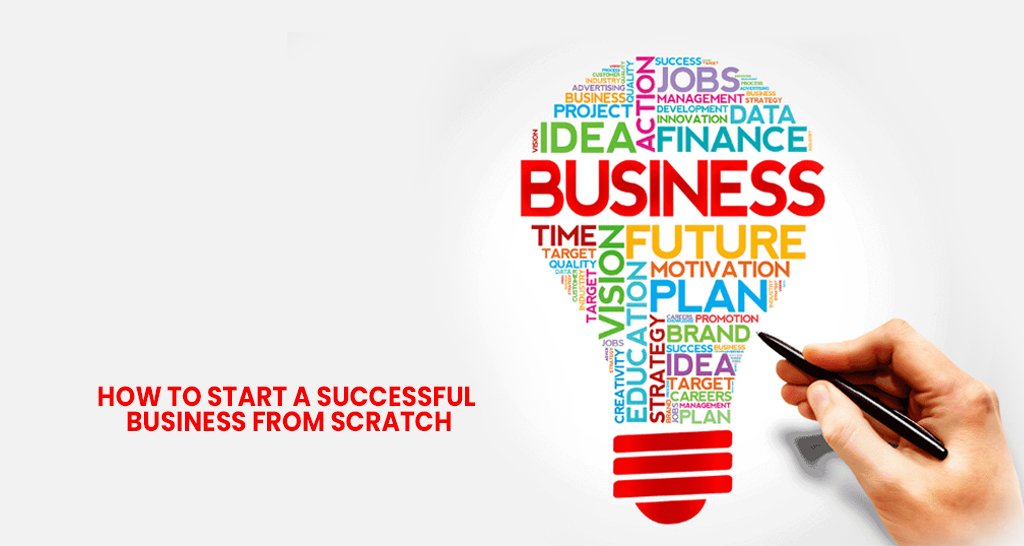Understanding Distractions
In today’s fast-paced world, distractions have become an omnipresent obstacle, significantly affecting individuals’ ability to concentrate and maintain productivity. These distractions can be broadly categorized into digital, environmental, and internal factors. Each category presents unique challenges that can hinder focus and mental wellbeing.
Digital distractions are perhaps the most prevalent in modern society, stemming from the ubiquitous presence of smartphones, computers, and social media. Notifications from messaging apps, social networks, and emails can divert attention away from tasks at hand, often leading to fragmented focus. Research indicates that the average person spends several hours each day on digital devices, with constant alerts leading to habitual task-switching. This behavior not only disrupts flow but can also reduce overall efficiency and creativity.
Environmental distractions further complicate the challenge of staying focused. Noisy workplaces, cluttered spaces, and constant interruptions from colleagues or family members add to the chaos of daily life. Such disturbances can prevent individuals from fully engaging with their tasks, resulting in decreased productivity and increased frustration. Creating an organized and serene environment can help mitigate these effects, promoting a more conducive atmosphere for concentration.
Lastly, internal distractions, including stress and anxiety, can significantly impair cognitive function. Individuals often experience wandering thoughts or emotional disturbances that make it difficult to remain focused on specific tasks. Mental health issues can cloud judgment and decision-making abilities, compounding the struggle for concentration. Understanding these internal barriers is crucial in developing strategies to enhance focus and mental clarity.
As we navigate through various forms of distractions, recognizing their impact on productivity and overall wellbeing is essential. The intersection of digital, environmental, and internal distractions underscores the necessity for effective strategies to cultivate focus in a distracted world.
Techniques to Enhance Focus
In today’s fast-paced world, distractions are abundant, often hindering our ability to maintain focus. To counteract these challenges, various techniques can be employed to enhance concentration and productivity. One effective method is the Pomodoro Technique, which involves working on a task for a set period, typically 25 minutes, followed by a short break of 5 minutes. This structured approach not only helps in managing time effectively but also encourages a sustained focus on the task at hand.
Another crucial aspect of improving focus is the creation of a conducive workspace. This entails organizing your environment by minimizing clutter and reducing noise levels. A dedicated work area, free from distractions, can significantly help in maintaining attention levels. Moreover, personalizing your workspace with items that inspire you, such as plants or motivational quotes, can further enhance the focus.
Setting clear and achievable goals is also paramount in fostering concentration. By breaking larger projects into smaller, manageable tasks, individuals can focus on one step at a time, which can prevent overwhelm and keep motivation levels high. Each completed task provides a sense of accomplishment that fuels further productivity.
Incorporating regular breaks into your work routine is essential for sustaining mental clarity. Taking short breaks allows the mind to rest and rejuvenate, ultimately enhancing focus when returning to tasks. Additionally, engaging in physical activity during these breaks can boost cognitive function and improve overall well-being. Activities such as stretching or taking a brief walk not only recharge the brain but also enhance focus when you resume work.
By applying these techniques in conjunction with maintaining a healthy lifestyle, individuals can significantly enhance their ability to focus, leading to increased productivity and personal satisfaction.
Mindfulness and Mental Clarity
In today’s fast-paced and distraction-laden environment, mindfulness emerges as an essential practice for enhancing mental clarity and sustaining focus. At its core, mindfulness involves bringing one’s attention to the present moment, free from judgment. This skill can significantly diminish internal distractions that often cloud our ability to concentrate on tasks at hand. By fostering a heightened state of awareness, individuals can improve their cognitive abilities and manage their thoughts more effectively.
Several techniques can facilitate the cultivation of mindfulness and bolster our focus. One of the most effective methods is breath awareness, where individuals practice paying attention to their breathing patterns. This simple act helps anchor the mind and reduces wandering thoughts, leading to improved concentration. Engaging in breath awareness not only promotes relaxation but also encourages individuals to recognize and let go of distractions.
Another beneficial approach to mindfulness is guided meditation. This technique provides structured support through recorded instructions or live guidance, enabling individuals to navigate their thoughts and emotions more effectively. Guided meditation can include various themes, such as visualization or focusing on specific sensations, all geared toward enhancing mental clarity. Participating regularly in guided meditation sessions can help reinforce the habit of returning to the present moment, thus refining one’s overall concentration skills.
The body scan technique is also notable for its ability to heighten awareness. In this practice, one methodically focuses on different parts of the body, acknowledging sensations without judgment. This encourages relaxation and fosters an increased connection to the physical self, which is essential for maintaining mental clarity. By integrating such mindfulness practices into daily routines, individuals can not only improve their focus but also cultivate a greater sense of overall well-being. Regular engagement with these techniques can lead to lasting benefits in one’s ability to concentrate, ultimately enhancing productivity and daily functioning.
Creating an Environment for Focus
In today’s fast-paced world, cultivating an environment conducive to focus is essential for enhancing productivity. The workspace should be designed to minimize physical distractions, which can detract from one’s ability to concentrate. Start by decluttering the area, ensuring that only necessary items are within reach. This can prevent the mind from wandering to unimportant matters. A tidy desk not only provides a sense of order but also encourages a mental clarity that promotes sustained attention.
Additionally, organizing one’s workspace is crucial. Use tools such as organizers, trays, and files to categorize and store documents and materials systematically. This encourages efficiency, as it allows individuals to find what they need swiftly without rummaging through piles of papers. Effective organization significantly reduces transition times between tasks, allowing for longer periods of uninterrupted work.
Incorporating technology can further aid in creating a focused environment. Utilizing applications that block distracting websites and notifications can help to minimize digital interruptions. Many productivity apps allow users to set designated work periods and schedule breaks, creating a routine that establishes a natural rhythm for concentration. The use of focus-enhancing playlists or ambient sounds can also serve to drown out distractions and elevate one’s ability to maintain attention.
Personalizing the workspace plays a significant role in fostering motivation and inspiration. Consider integrating elements that resonate with personal values, such as inspirational quotes, plants, or artwork that ignites passion. Such personalized touches can elevate the workspace from a mere functional area to a motivating space. Moreover, establishing routines signals to the brain that it is time to enter ‘focus mode,’ enhancing one’s capacity to perform concentrated work effectively. A consistent routine not only aids in developing better work habits but also conditions the mind to anticipate concentration, thereby enhancing overall productivity.



